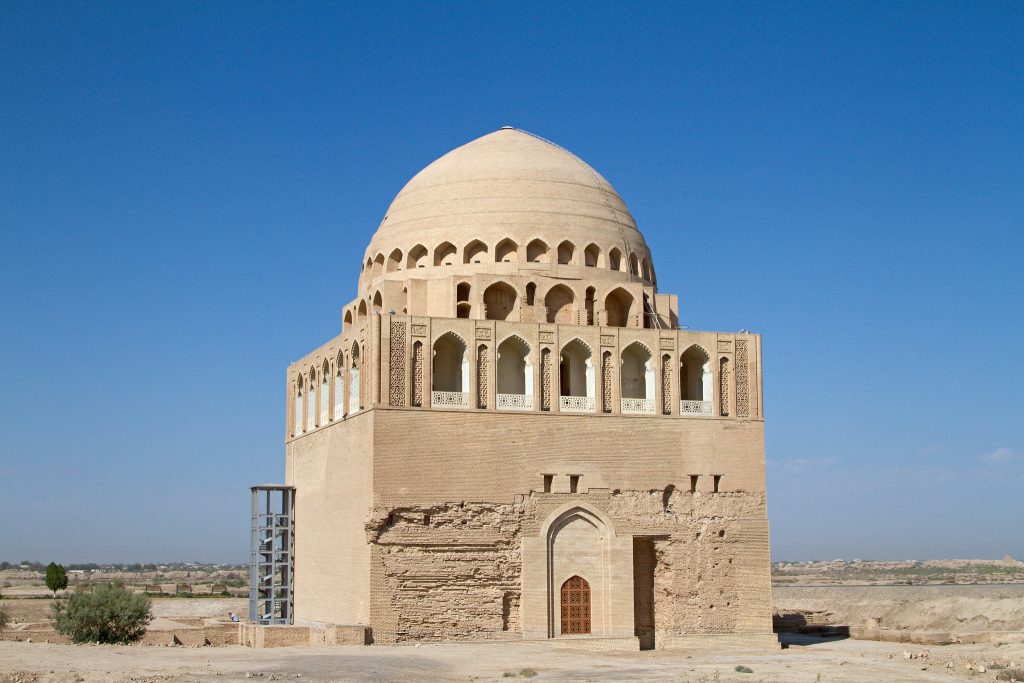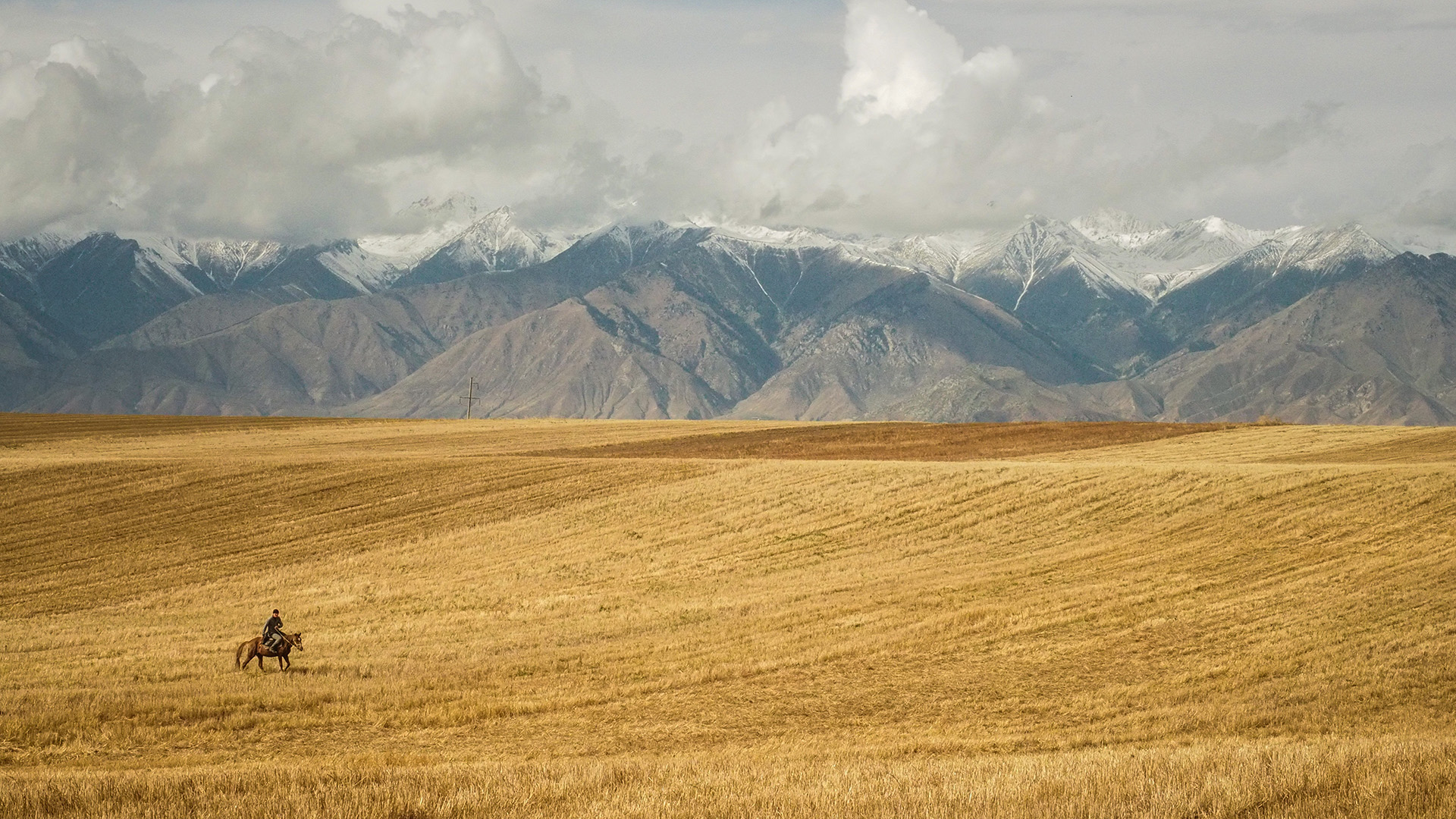The Silk Road was once famed for the opportunity it gave merchants for trading their goods from the east to the west and vice-versa. In the process, there was an exchange of ideas and products from one civilisation to another. The main products traded along the Silk Road was obviously silk, but also paper, horses, jade, gunpowder, etc. Long abandoned when other easier and more lucrative routes opened, the Silk Road remains synonymous with mystery and adventure.
From China to the Mediterranean
The Silk Road went from China to the Mediterranean, passing through different countries like India, Nepal, Afghanistan, Kyrgyzstan, Tajikistan, Uzbekistan, Kazakhstan, Turkmenistan, Iran, Iraq, Syria, Lebanon, Turkey, and a few others. Of these, the most adventurous and exciting remain the Central Asian discoveries of new routes by the Han dynasty of China. Centuries later, traveller and author, Colin Thubron made his way through these same roads, chronicled in his book, Shadow of the Silk Road. You too can follow the Silk Road and feel at one with the past adventurers who set out on finding glory at the other end of the world.
To get the best feel of the Silk Road, you must consider visiting the countries of Kyrgyzstan, China, Tajikistan & Uzbekistan. Travel over the mountainous roads, visit the ancient towns and cities and see how people have been living for centuries, and enjoy the markets where much trading is still being done on different items required by the locals.

The Old Trade Route
The more you stick to the old trade route, the more fun you will have. You would have to get creative to deal with the modernisation of the landscape and their Soviet past, which changed things irrevocably for these countries. National borders, which did not count in the old days, are also a problem to be overcome today. But all this just makes the journey more adventurous.
Of course, there are a few sites you ought not to miss while on this trip:
- Tash Rabat Caravanserai, Kyrgyzstan– A city that sprung up to support the Silk Route trade, lies today in ruins. It is a caravanserai, or inn, but its imposing structure speaks of something more.
- Samarkand, Bukhara and Khiva, Uzbekistan– These cities were lively and vital stops for traders on the Silk Route. The travellers are much reduced, but a sense of the old-style trade still exists.
- Kashgar Sunday Bazaar, China– This old-style marketplace in Xinjiang province has been in place for centuries now. Of course, many goods traded today are different, but you know what they say – the more things change, the more they stay the same!
- Ura-Tyube and Khujand, Tajikistan– These important Silk Road cities are worth a visit even today. Once known as the jewel of Tajikistan, Ura-Tyube is a rich archaeological site. In Khujand, you can visit the oriental market, a remnant of the old trade centre.
- Fergana Valley– The Fergana valley is split between Kyrgyzstan, Uzbekistan, and Tajikistan. An important outpost of the ancient Silk Route, the valley today is at the heart of a border dispute.
Apart from these must-visit destinations, a journey through the ancient Silk Road will also provide you with opportunities to visit nomadic tribes at Son Kul, staying and experiencing life in a traditional yurt, and riding on horses across the Steppes to explore the amazing landscape. If you want to go on an adventure holiday, then there is nothing better than following the ancient Silk Road.
The Silk Road was once famed for the opportunity it gave merchants for trading their goods from the east to the west and vice-versa. In the process, there was an exchange of ideas and products from one civilisation to another. The main products traded along the Silk Road was obviously silk, but also paper, horses, jade, gunpowder, etc. Long abandoned when other easier and more lucrative routes opened, the Silk Road remains synonymous with mystery and adventure.
The Silk Road went from China to the Mediterranean, passing through different countries like India, Nepal, Afghanistan, Kyrgyzstan, Tajikistan, Uzbekistan, Kazakhstan, Turkmenistan, Iran, Iraq, Syria, Lebanon, Turkey, and a few others. Of these, the most adventurous and exciting remain the Central Asian discoveries of new routes by the Han dynasty of China. Centuries later, traveller and author, Colin Thubron made his way through these same roads, chronicled in his book, Shadow of the Silk Road. You too can follow the Silk Road and feel at one with the past adventurers who set out on finding glory at the other end of the world.
To get the best feel of the Silk Road, you must consider visiting the countries of Kyrgyzstan, China, Tajikistan & Uzbekistan. Travel over the mountainous roads, visit the ancient towns and cities and see how people have been living for centuries, and enjoy the markets where much trading is still being done on different items required by the locals.
The more you stick to the old trade route, the more fun you will have. You would have to get creative to deal with the modernisation of the landscape and their Soviet past, which changed things irrevocably for these countries. National borders, which did not count in the old days, are also a problem to be overcome today. But all this just makes the journey more adventurous.
Of course, there are a few sites you ought not to miss while on this trip:
- Tash Rabat Caravanserai, Kyrgyzstan– A city that sprung up to support the Silk Route trade, lies today in ruins. It is a caravanserai, or inn, but its imposing structure speaks of something more.
- Samarkand, Bukhara and Khiva, Uzbekistan– These cities were lively and vital stops for traders on the Silk Route. The travellers are much reduced, but a sense of the old-style trade still exists.
- Kashgar Sunday Bazaar, China– This old-style marketplace in Xinjiang province has been in place for centuries now. Of course, many goods traded today are different, but you know what they say – the more things change, the more they stay the same!
- Ura-Tyube and Khujand, Tajikistan– These important Silk Road cities are worth a visit even today. Once known as the jewel of Tajikistan, Ura-Tyube is a rich archaeological site. In Khujand, you can visit the oriental market, a remnant of the old trade centre.
- Fergana Valley– The Fergana valley is split between Kyrgyzstan, Uzbekistan, and Tajikistan. An important outpost of the ancient Silk Route, the valley today is at the heart of a border dispute.
Apart from these must-visit destinations, a journey through the ancient Silk Road will also provide you with opportunities to visit nomadic tribes at Son Kul, staying and experiencing life in a traditional yurt, and riding on horses across the Steppes to explore the amazing landscape. If you want to go on an adventure holiday, then there is nothing better than following the ancient Silk Road.
Image credit: Martha de Jong-Lantink

